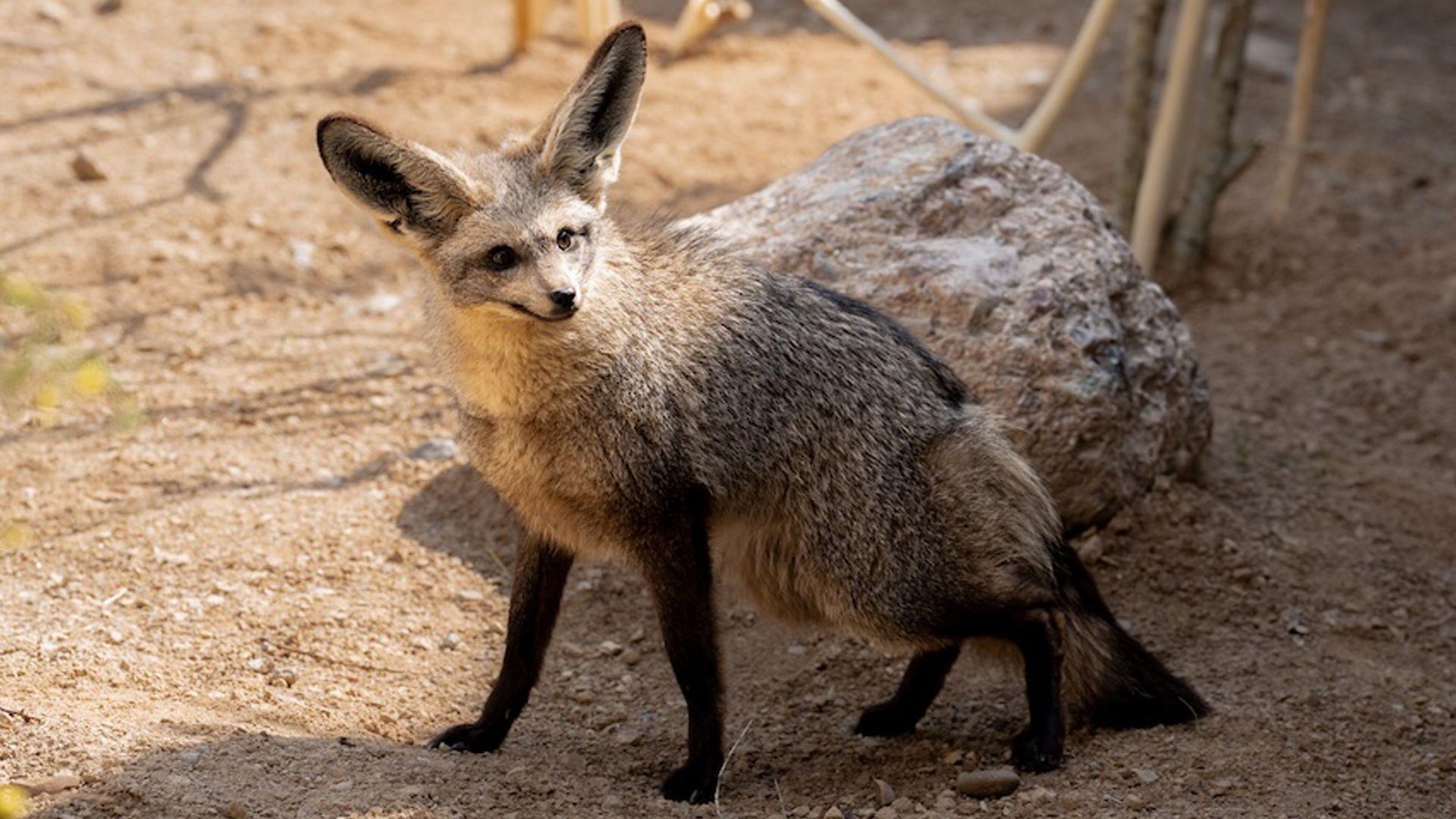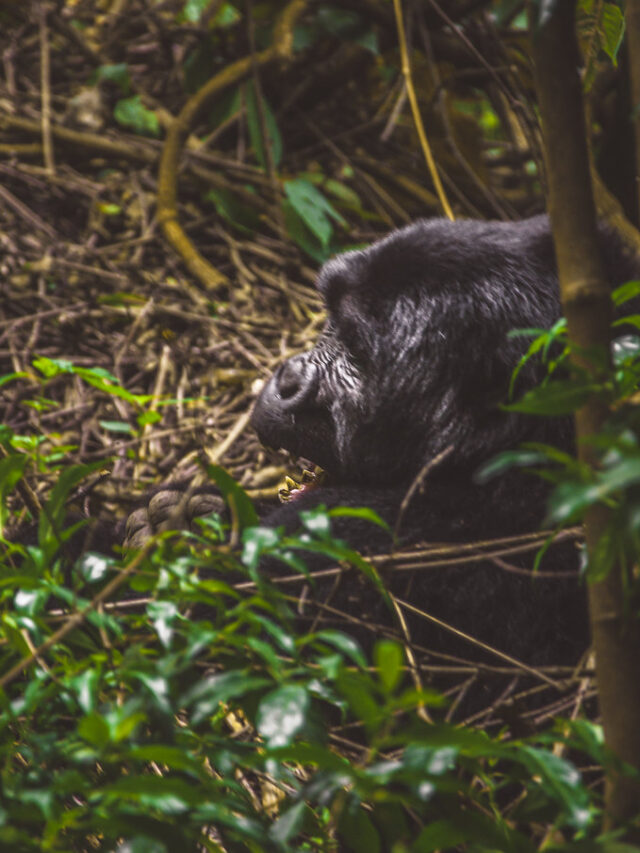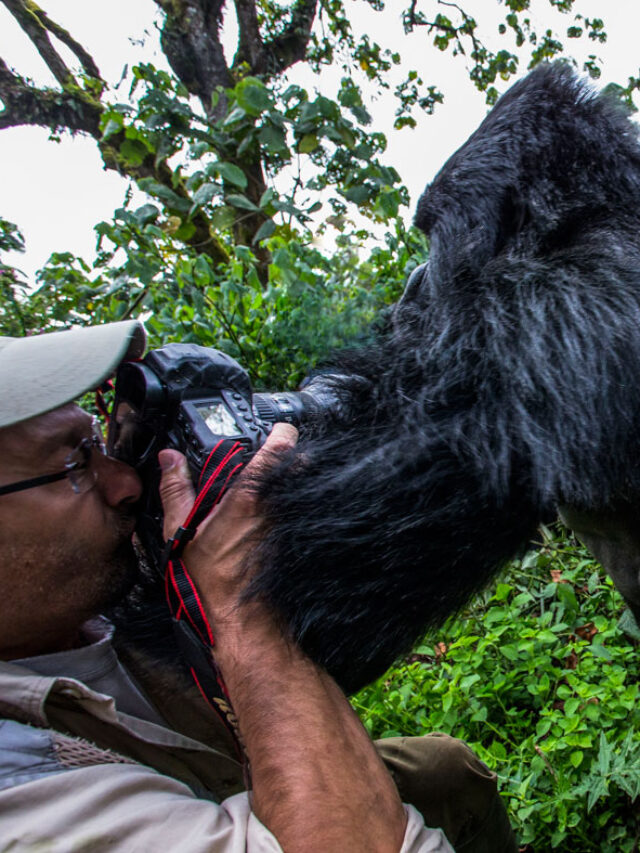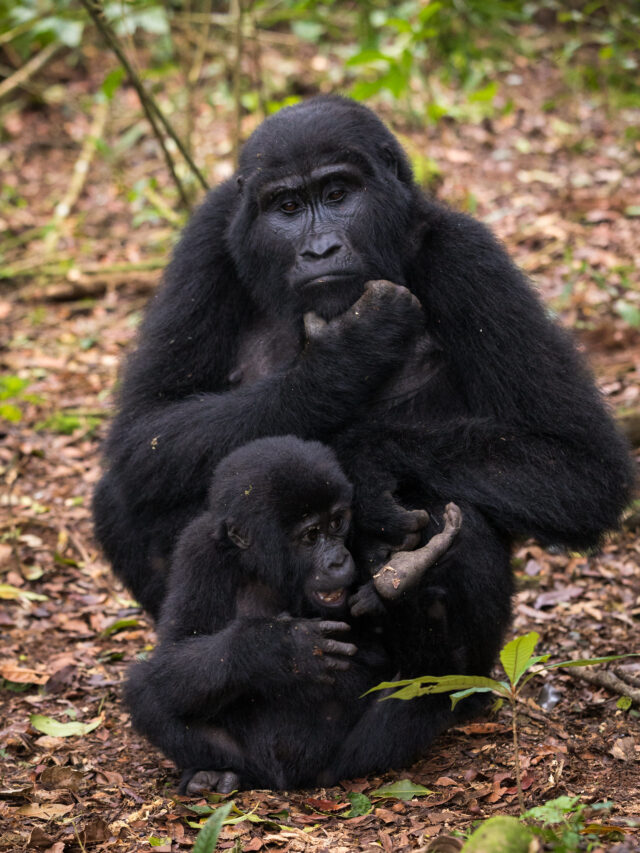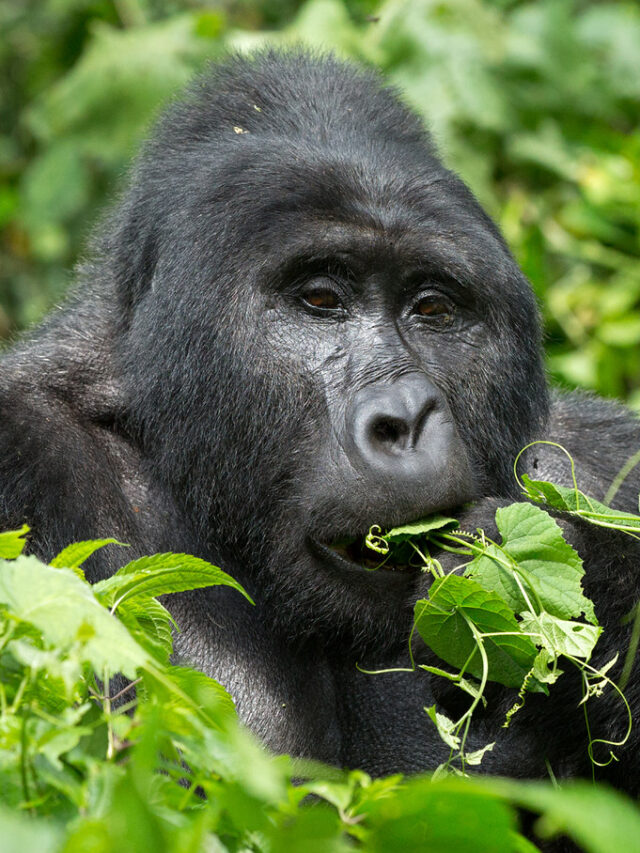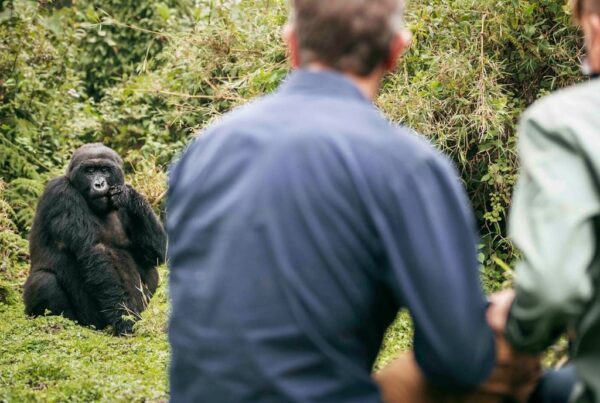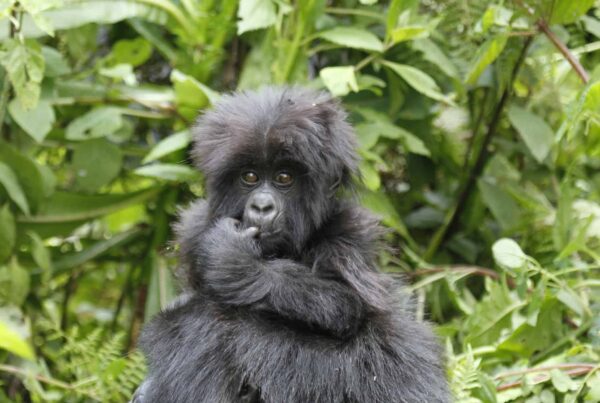50 Wild Animals You Must See on an African Safari
The Ultimate Guide to Africa’s Most Majestic, Elusive, and Iconic Creatures
Wild Animals You Must See on an African Safari — Africa’s wilderness is not just a spectacle—it’s a mirror that reflects life at its most primal. A safari plunges you into a world untouched, where predators still rule and herds roam free across endless grasslands. For the solo traveler or first-time visitor, this isn’t just about checking off a list of animals. It’s about choosing the right parks, knowing the rhythms of the wild, and understanding where and how to travel safely and meaningfully. With the right preparation, your journey becomes something deeply spiritual—a slow, steady immersion into one of Earth’s last great natural theaters.
The Big Five – Africa’s Most Sought-After Safari Sightings
- African Lion
- African Elephant
- Leopard
- Cape Buffalo
- Black Rhino
Travel Tips & Where to Go:
To see all Big Five in one park, head to Kruger National Park (South Africa), Serengeti (Tanzania), or Masai Mara (Kenya). For a rawer experience, try Murchison Falls National Park or Queen Elizabeth National Park in Uganda—where sightings are thrilling and less crowded. Solo travelers are safest joining reputable guided tours or lodge-based game drives, where wildlife viewing and transport are handled seamlessly. Stay in eco-lodges like Ol Pejeta Bush Camp in Kenya or Chobe Game Lodge in Botswana for top sightings and ethical experiences. Book drives around early morning and dusk when predators are most active.
Iconic African Mammals – Giants, Giraffes, and Plains Dwellers
- Giraffe
- Zebra
- Hippopotamus
- Warthog
- Eland
Travel Tips & Where to Go:
The giraffes of Murchison Falls and Tarangire National Park are unforgettable against those golden backdrops. Hippos dominate rivers in Zambia’s South Luangwa or Uganda’s Kazinga Channel, best explored by boat cruise. Zebras and warthogs are everywhere across the savannah, but for a photo-perfect moment, Etosha in Namibia is magical. Elands are more common in Hluhluwe-Imfolozi (South Africa). If you’re traveling alone, pick lodges offering shared safari vehicles and communal dinners, such as Elewana Serengeti Pioneer Camp or Ishasha Wilderness Camp—they’re great for solo adventurers looking to mingle safely.
Africa’s Predators – Hunters of the Wild
- Cheetah
- Spotted Hyena
- African Wild Dog
- Serval
- Caracal
- Bat-Eared Fox
Travel Tips & Where to Go:
Ndutu region in Tanzania is one of the best places to watch cheetahs hunt. For wild dogs, head to Moremi Game Reserve in Botswana or Ruaha National Park in Tanzania. Laikipia Plateau in Kenya is a hidden gem for spotting servals and caracals. Bat-eared foxes appear more easily in Namibia’s Etosha and Kenya’s Samburu. Night drives—available in parks like Ziwa Rhino Sanctuary or Lake Mburo in Uganda—are excellent for small predators. For solo explorers, look for lodges that offer both day and night drives in custom vehicles, like Naboisho Camp in Kenya or Chobe Bush Lodge in Botswana.
Rare and Elusive Safari Gems
- Pangolin
- Aardvark
- Aardwolf
- African Civet
- Porcupine
- Genet
Travel Tips & Where to Go:
These animals are elusive and best seen during guided night drives. For pangolins and aardvarks, Tswalu Kalahari Reserve in South Africa offers one of the best chances. Uganda’s Kidepo Valley and Zambia’s South Luangwa also surprise travelers with rare nocturnal sightings. Civets and genets are common but rarely noticed unless you’re staying in camps close to woodlands. Solo travelers should seek guides with specific experience in nocturnal tracking and stay in lodges like Tanda Tula Safari Camp or Mutanda Lake Resort, where night drives and guided walks are core activities.
Antelope Diversity – The Soul of the Savannah
- Impala
- Kudu
- Waterbuck
- Springbok
- Sable Antelope
- Roan Antelope
- Oryx
- Bushbuck
- Steenbok
- Bongo
Travel Tips & Where to Go:
While impala, waterbuck, and bushbuck are easily seen across East and Southern Africa, rarities like bongo and sable require more focused itineraries. Bongos are forest dwellers best found in Mount Kenya Forest and Bwindi’s dense undergrowth, making guided forest hikes essential. For oryx and springbok, plan for Namibia’s desert parks or Kenya’s arid north. Solo travelers should research antelope-specific experiences like walking safaris in the Lower Zambezi, where guides track hoofed mammals on foot. Stay in low-impact camps like Chikoko Trails or Apoka Safari Lodge in Kidepo.
Monkeys and Tree Dwellers – The Forest’s Playful Residents
- Olive Baboon
- Vervet Monkey
- Colobus Monkey
- Chimpanzee
- Mountain Gorilla
Travel Tips & Where to Go:
Chimpanzee tracking in Kibale National Park (Uganda) is a must—it’s immersive and emotional. Colobus monkeys are found in Nyungwe (Rwanda) and Bwindi (Uganda). Gorilla trekking, though not part of a classic “game drive,” is a bucket-list wildlife experience in Bwindi Impenetrable Forest or Volcanoes National Park (Rwanda). It requires a permit, hiking, and preparation. Solo trekkers are grouped with others, so you’re never truly alone. Lodges like Clouds Mountain Gorilla Lodge and Chimpundu Lodge offer both comfort and proximity to trailheads—perfect for travelers without private transport.
Water and Wetland Life – Creatures of Lakes and Rivers
- Nile Crocodile
- African Clawless Otter
- Sitatunga
- Monitor Lizard
- Terrapins and Turtles
Travel Tips & Where to Go:
The Kazinga Channel in Queen Elizabeth National Park (Uganda) is prime territory for crocodiles, sitatungas, and hippos. Take a boat safari—perfectly safe, highly productive for wildlife, and excellent for photographers. Monitor lizards bask near water bodies throughout Botswana and Zambia, and clawless otters may appear around Lake Bunyonyi or Lake Tanganyika, usually at dawn. Solo travelers can explore these wetlands with lodges that offer private guides or kayaking, like Buhoma Lodge or Ngaga Camp in Congo-Brazzaville (for otter and primate lovers alike).
Birds Worth Traveling For – Feathers That Fly and Amaze
- African Fish Eagle
- Shoebill Stork
- Marabou Stork
- Lilac-Breasted Roller
- Secretary Bird
- Ostrich
- Crowned Crane
- Helmeted Guineafowl
Travel Tips & Where to Go:
Bird lovers should prioritize Mabamba Swamp (Uganda) for a close encounter with the rare shoebill. Fish eagles are iconic in Lake Naivasha (Kenya) and Lake Albert, their cries unforgettable. Secretary birds roam Serengeti plains, and ostriches can be seen in open savannahs from Etosha to Amboseli. Uganda’s Queen Elizabeth is also perfect for birding, with over 600 species recorded. Lodges like Papyrus Guesthouse or Shoebill Camp cater to birdwatchers and solo travelers looking for affordable, nature-immersive stays.

